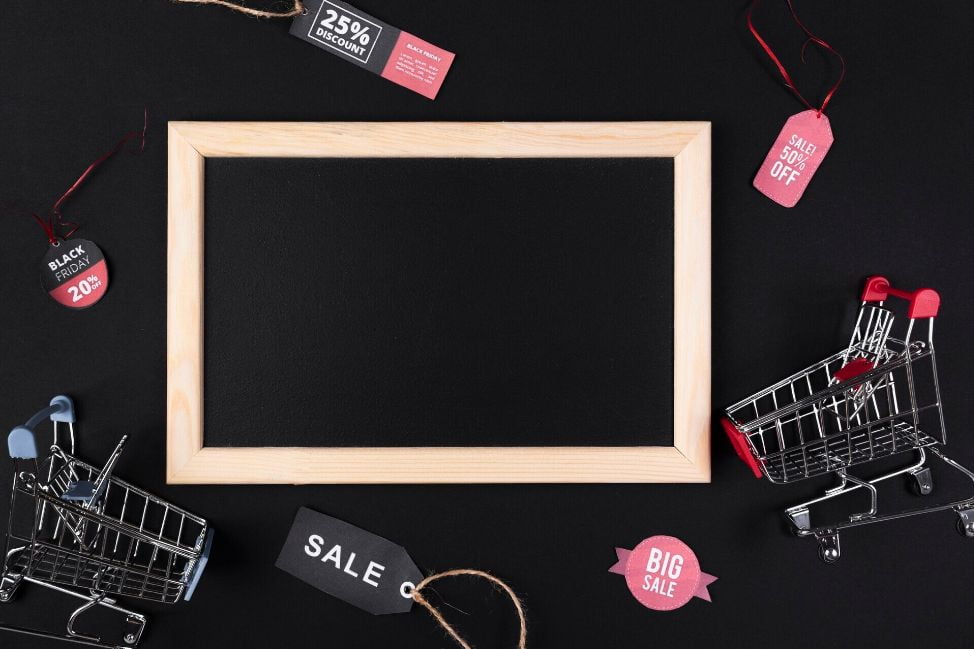One of the significant challenges of dropshipping is dealing with backorders. Failure to offer the best backorder practices can cost any eCommerce owner to lose customers, which might lead to a dip in sales. In the long run, it can also devastate your brand credibility.
If you are new in online business and don’t know the best backorder practices to implement, this article will expound more.
What is a backorder?
A backorder is an order where you assure your customers to fulfill their orders despite not having them in your inventory. The store usually makes a compromise that the order will be fulfilled and delivered later. For instance, you receive an order for four T-shirts from two different customers while there’re only 2 left. This means you are unable to treat all the customers the same. However, it’s not a good idea to leave the one customer disappointed.
Instead, you can send two items to each of the customers, assuring them of fulfilling the remaining order in the future. This process is known as back-ordering. Today, backorder has become a prevalent practice that most eCommerce stores use.
Best Backorder Practices for your eCommerce Store
Inform the customers
You should always inform your customer whether a product is available at the moment. Furthermore, give them the choice to wait or cancel the product order. Here, you can use a pop-up that allows the customers to fill in their decision when a product is out of stock.
Get an estimated time of arrival
One of the best backorder practices you can implement is to give your customers an estimated time of arrival. Modern automation tools can help you estimate the arrival time for every product the customer has placed. With this, consumers know when their product will be available and delivered to their address.
Create a follow-up system
Don’t ever forget to follow up on a backorder request. You need to keep your customer updated about the order status, the estimated arrival time, and any related problem that occurs along the way.
Set up an ending date
Besides having a follow-up system, you need to provide a time frame for the backorder process. For instance, if you can’t provide the back-ordered item within 21 days, you should place a refund and apologize for the inconvenience. Of course, the time frame depends on your product and the sales season. However, as you’re making money on a back-ordered item, you are under obligation to refund the money or deliver the product to the customer.
Conclusion
All in all, backorder adds tremendous value to your business. However, a small mistake can spell doom. That’s why most eCommerce stores take the issue of backorder very important. If you want to experience customer retention, ensure you adhere to the best backorder practices in this article.








